[Review] The Legend of Heroes – Trails of Cold Steel IV – Nintendo Switch
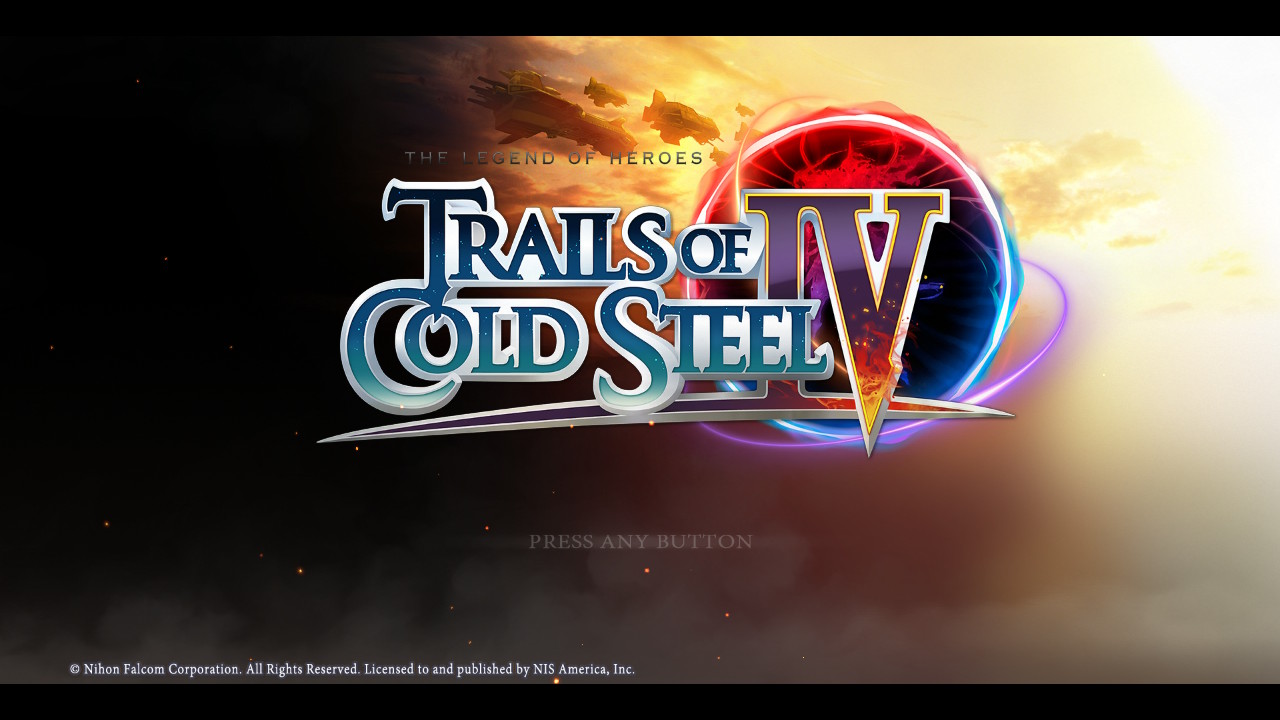
- Developer: Falcom
- Publisher: NIS America
- Genere: Adventure, Action, Role-Playing
- Released: 9th April 2021
Ready yourselves, this is one heck of a ride through a long meandering trail…
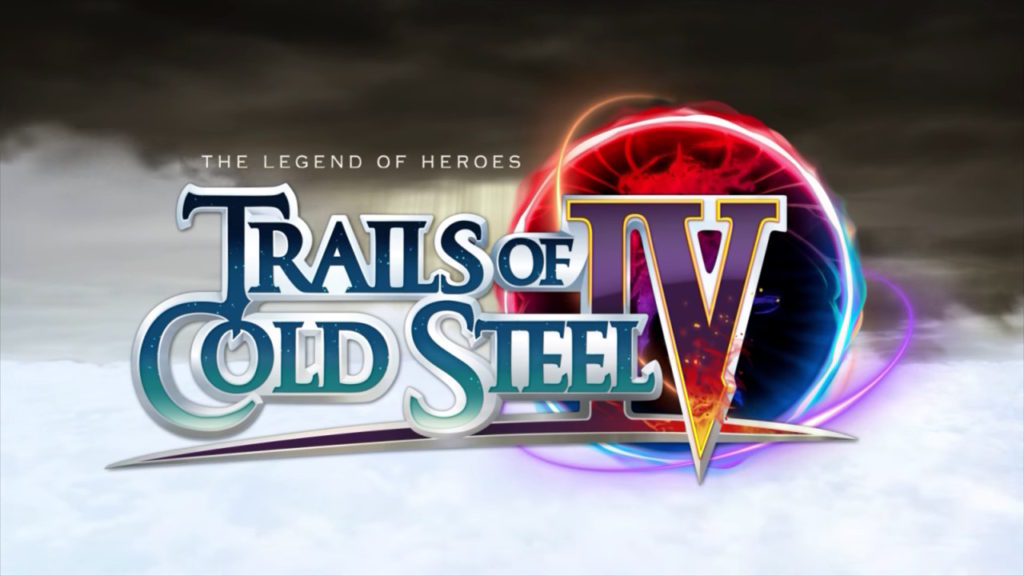
A tale of trails…
In the red corner, the Tales of series from Bandai Namco. In the blue, the Trails of series from Falcom. Say what you like about these two series, the fact that they both exist provides many rich additions to the JRPG library as we know it.
I will have to point out that I’ve more experience with the Tales of series. The relatively lighter tone of the stories woven into the series’ games along with engaging real time action RPG combat mechanics bring forth many enjoyable experiences. While the actual plot may not be wholly memorable, it is the colourful characters, as well as the journey to the end that sticks with me through this series’ titles.
As for the Trails of series, this is my first title, if you don’t count the brief demo I’ve tried for Trails of Cold Steel III. While I’ll save the details of my playthrough for the rest of this article, know that my experiences with this game, though significantly different to that of the Tales of titles, are in no way inferior.
The end of a legend
As usual I’ll try to avoid majorly spoiling the story, but I will touch upon aspects of it that are readily available through various promotion materials and synopses in many digital marketplaces.
This game is the fourth in a quadrilogy of titles, named and numbered such. As such it is a direct sequel to the third game, taking place mere moments after the ending sequence of Cold Steel III. Entering the game with no prior knowledge of the previous games will no doubt confuse and even bore the uninitiated.
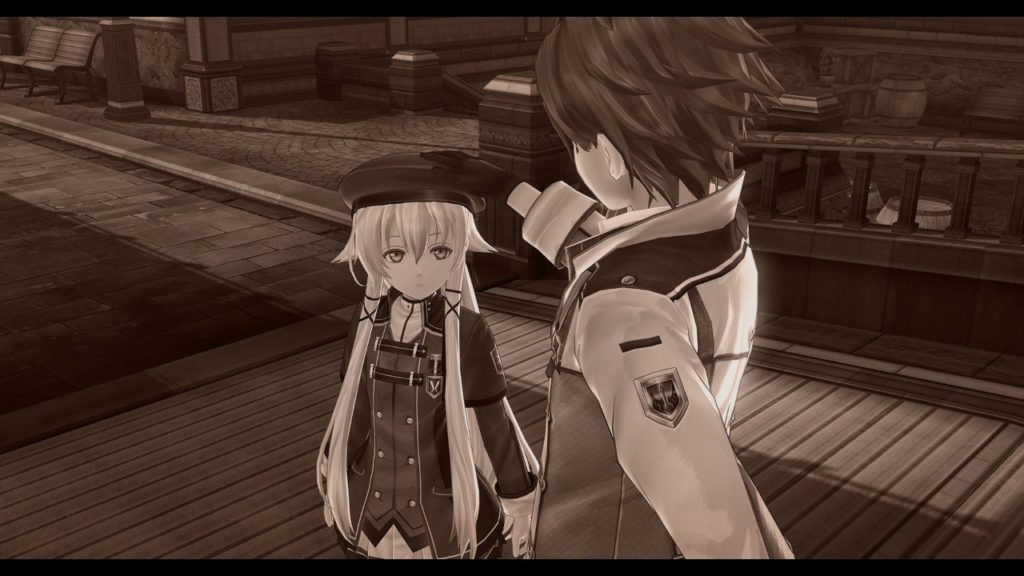
The developers have quite handily added a history section of sorts right at the main menu. You can peruse the major events from the three games prior, as well as the primary players involved in them, both friends and foes.
Story time!
Going through the entire section will take around an hour if you read fast enough. While optional, I would highly recommend spending the time to catch up on events if you’ve not played any of the previous games. It’s no substitute for actually playing the games themselves, but at least you won’t be left completely lost in the game’s various sprawling plotlines.
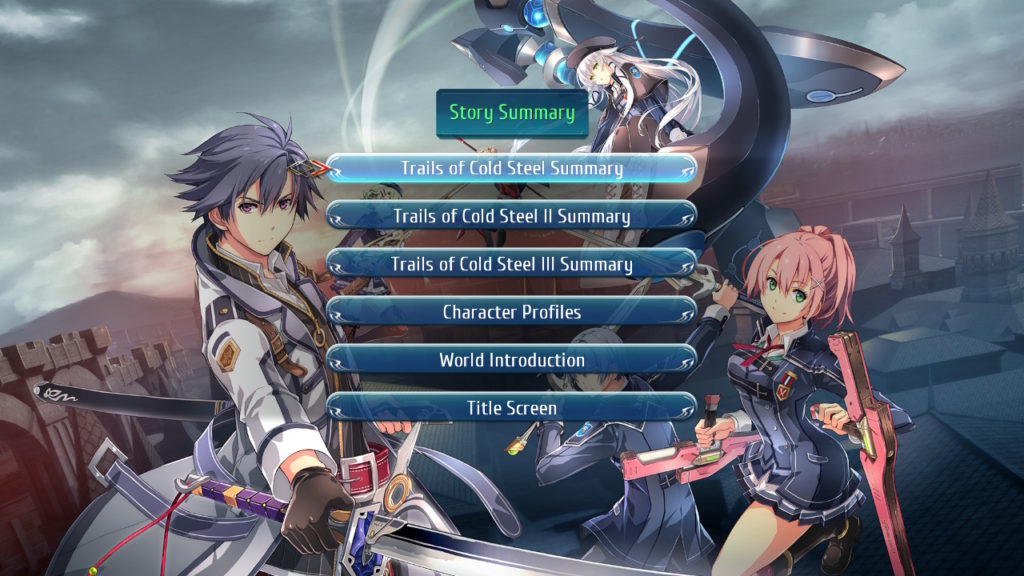
Having said that, I still felt alienated when starting the game. Characters who didn’t appear in the history lessons flitted through the opening cutscenes, showcasing the aftermath of the events from the third game leading to the events that you will eventually play through in IV.
Everything is bleak and war is about to break loose, while the antagonists have their spotlight grinning and having their dastardly monologues. All of this is set against the backdrop of forced conscription, growing xenophobia, and fleeting hope. The prologue takes so long to get through that I fear any new players might be turned off the game even before actually getting to play it!
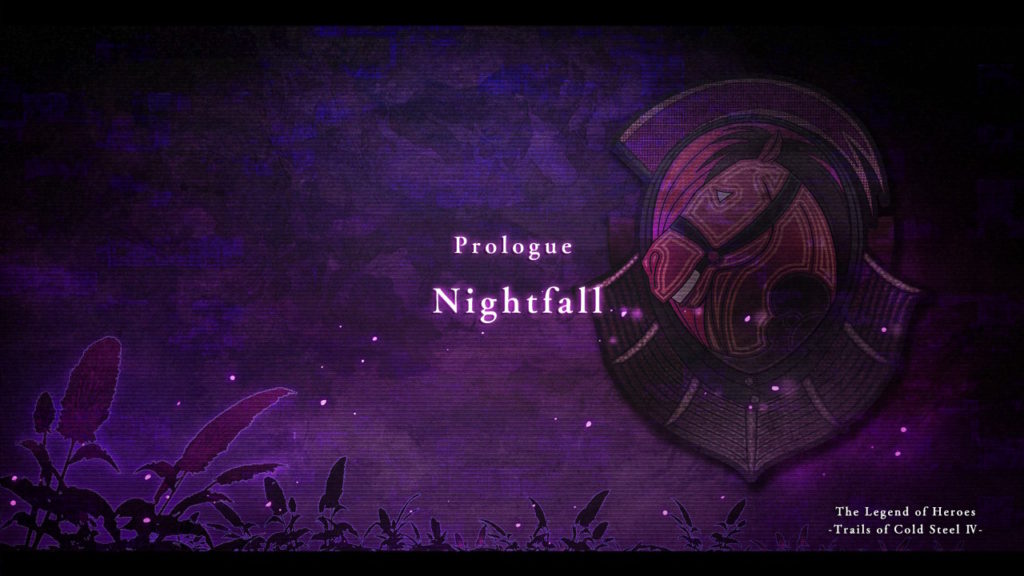
I want to play a game
When you eventually get control of the game, it won’t be long before you’re face with turn based combat, a JRPG staple. Simply put, you and your enemies takes turns to beat each other up until one party remains. Initially the game eases you into the system with a tutorial and easy-to-handle foes. Clear and straightforward.
Then the curve balls start. Technical terms and mechanics first start getting thrown around like confetti and honestly it can feel overwhelming.
A small taste of what I’m talking about: AP, BP and CP makes you feel like you’re learning the alphabet, but is actually a ranking system, a global resource for orders and powerful follow up attacks, and your characters’ resource to execute powerful abilities. This is just the tip of the proverbial iceberg.
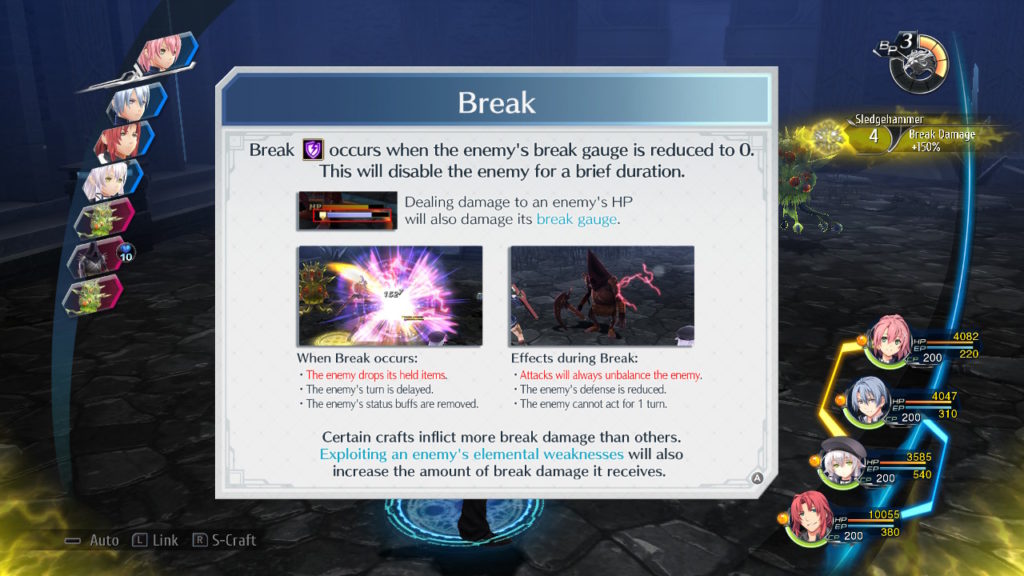
Enemies, for the most part remain fodder for your characters to grind experience from. However, it isn’t long before you come across named enemies and boss characters, and these can be quite a challenge. Lots of health coupled with enhanced stats as well as devastating attacks will spell game over for the unprepared. Let’s not get into some of the end-game content also.
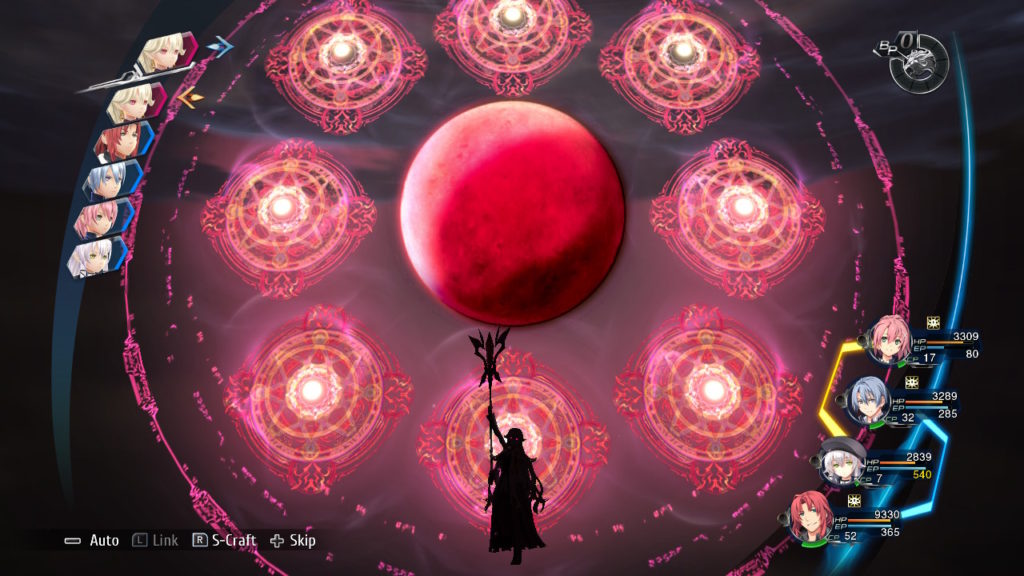
This issue with this title is that since it’s the end of a series, the characters are no longer untrained greenhorns needing to level up from scratch and the player going along with their journey learning slowly along the way. Everyone’s no stranger to combat and the this blows open almost every skill, ability and mechanic out into the open to use.
Veterans to the series will no doubt be comfortable with all this along with the game’s quirks and technical terms, but for someone new, jumping right in with this title feels like throwing yourself onto the deepest part of a swimming pool when you don’t know how to swim. Granted the developers try to help you keep afloat with numerous tutorials, but for the casual or those completely new to the series or genre, this might be a contentious point to bear in mind.
Make your choice
If you can get past the fact that the game literally throws almost all its combat mechanics at you right from the start, you may be able to appreciate the amount of customization and variety at hand when it comes to building your party.
The Orbment system allows you to assign a variety of orbs to your party that can improve status points, grant spells or abilities, or better yet provide both benefits simultaneously. You’ll also come across equipment that will help boost your characters, and of course there’s the characters themselves.
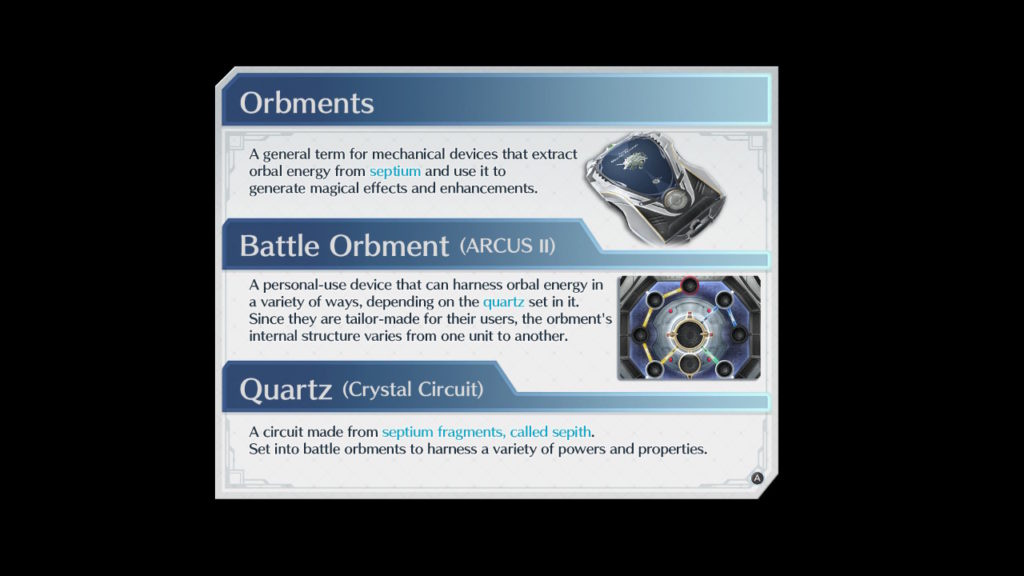
Almost every character sports a unique weapon, and honestly its quite lovely to see such a diverse range of armaments at hand. From the typical swords and daggers, to tonfas and good ol’ fisticuffs. They could definitely push this further, but it’s quite nice as it is. The game could also do with more diversity in the characters themselves, however. Both in race and body types. it hits the usual anime token representations, but not much beyond that. Admittedly, I wasn’t going into this game thinking it would be some sort of revolution in terms of representation, but it’s still an issue when it comes to character design in general, and it sort of stuck out for me when playing through this game.
Playing pretend
One area the game does amazingly in is with its cosmetics. There is a bunch of choices ranging from armbands, to costumed mascot heads. You can attach a signboard saying ‘Headpats Please!’ to your character and have it appear in battle as well as cutscenes. It so readily transforms the atmospheres of serious and sometimes very sad scenes into one of hilarity and joy as the camera unintentionally takes an angle showcasing the miniature plushie hugging onto your character’s arms while he or she gives an impassioned speech decked out in a rubber float ring and a rainbow wig, to give an example.
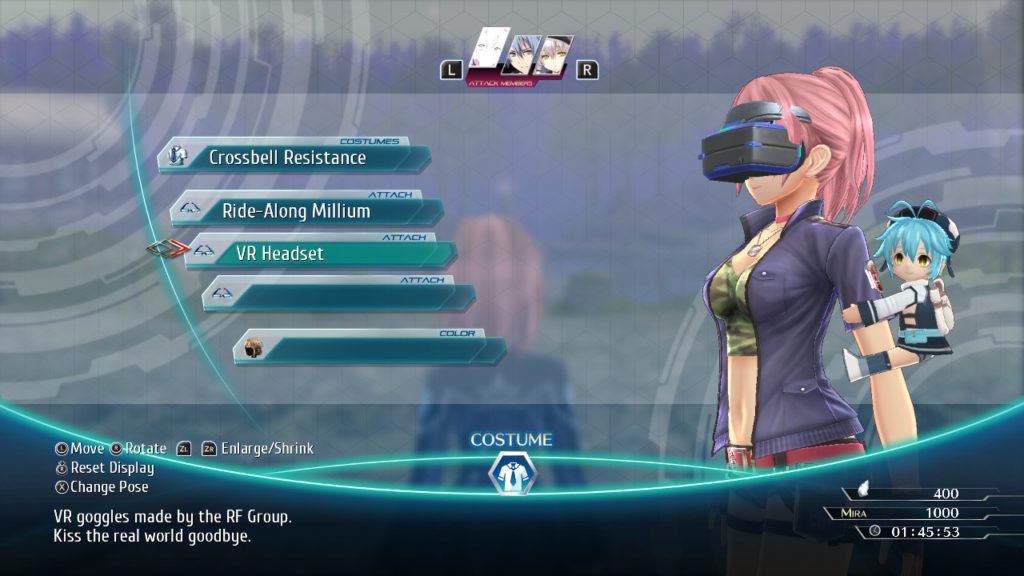
There are also entire costume changes for the newer members of the team and a handful of the older ones. From kimonoes, to casual wear, to even swimsuits and nothing but a towel wrapped around the character, these changes also carry forward (as far as I’m aware/played) into cutscenes and battles. I’ve not tried it yet, but am tempted to have every one who can decked out in their bathing towels to beat the final boss, for fun times and all that.
Endgame
As mentioned, this is the climactic conclusion to the Cold Steel quadrilogy. Honestly though, it spans even further than that. The Cold Steel saga is in fact the latest arc in what is a interconnected universe within the Trails of series. There are complex narrative threads linking not only the regions the various sagas take place in, but also the geopolitical climates of neighbouring countries and governments. Events and plots hinted previously all take shape and this game has one of the threads culminate in an epic finale. You can take this game to be the Trails of series’ Endgame (it’s been some time, but well. spoiler warning) of sorts as it features crossovers and appearances of characters from the the previous sagas.

There are a lot of moments in the game where I feel the developers want to reward long time players with surprises (there are a lot of these) and twists and turns. I am sincerely and endlessly envious of those who’ve followed the Trails of series up to this game. I can only imagine the nostalgia and excitement at old references and awesome appearances.
So many events that seem like they should send me hyperventilating end up merely making me go: “Do all the characters get introduced with their eyes closed?” Again, I must stress that I am so jelly for those who can revert to childish glee while playing the game without having to go for a deep dive into a wiki for details on older games. The only positive I can get from this is that I can skip the (presumably) bittersweet endings the previous games end on (seeing as how a lot of plot lines seem to culminate in this game).
Friendship is Magic
I will have to say that for a completely new player, having a interconnected universe and complex plot is good, but it probably wouldn’t have kept me playing the game to completion had the cast not been filled with mostly likable characters. Many of the cast are complex and go beyond the initial stereotypes they seem to represent at first. Even the main protagonist, who at first glance is your typical harem protagonist with his unflinching ability to take a confession on the chin and do absolutely nothing about it, actually has depth in not only his past (and man, what a past it was) but also in learning to develop as a person and believe in his ‘nakama’ (or for the non-weebs, and I say that endearingly, out there; his bonds with his comrades and close ones).
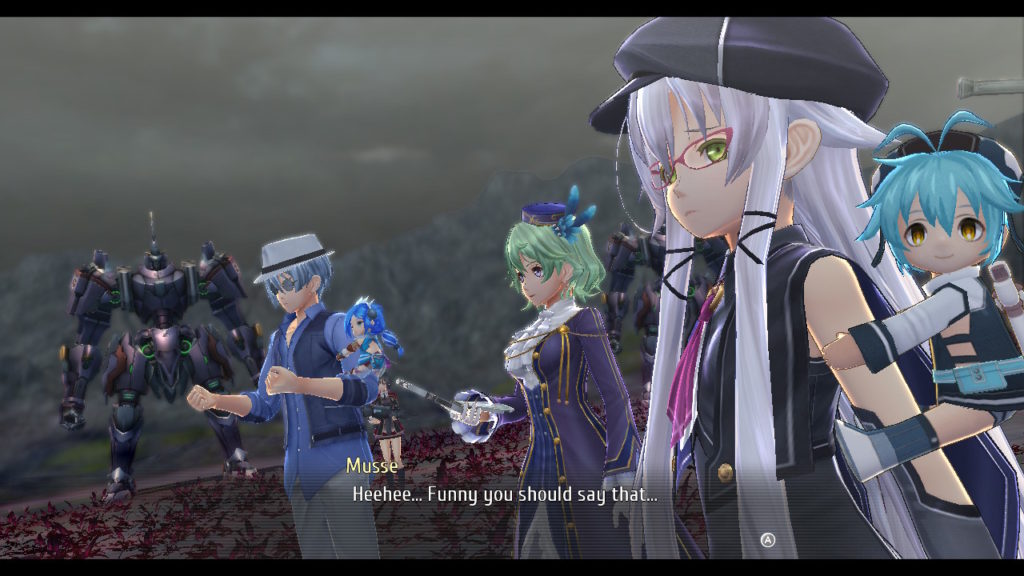
I did mention harem protagonist didn’t I? That’s right, the game also has a bonding meter that you can power-up during downtime between major plot missions. A handful of your team will have ‘special’ bonding privileges, that is to say that maxing out their bonds will trigger a romance event later on, but you will only have time for one, you philandering playboy. Also, there are onsen or hot spring events, in which characters will clothe themselves with only their towels and sit around shooting the breeze. A little on the nose for fan-service, but it’s there if you like it.
I need a hero
Another aspect the game does very well in is making your heroes (and their foes) feel like some of the most badass warriors in the world. Each character has an ultimate move they can pull off and when they do, they’ll will start on a monologue sprouting sometimes meaningless platitudes. All the while they’ll be either dishing out beating after beating before culminating in their final moves as they yell the name of the moves. Cliche and some might even say cheesy, but the mini-cinematics the various moves evolves into are impactful and just cool to watch. That is until you see the amount of damage it actually does to bosses…
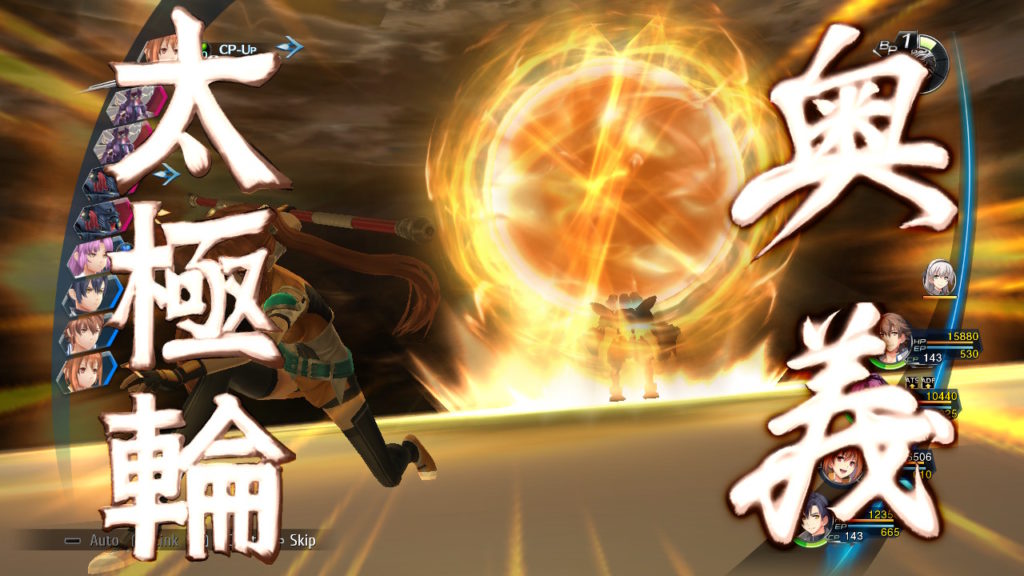
Fortunately with this being the last game in the quadrilogy, ludo-narrative dissonance is (mostly) done away with, at least towards the end. It can be annoying for bosses to feel like they just got a scratch when you’ve chipped away at all their health (and I can’t imagine what it must be like for earlier titles), but at last you get to dish out some comeuppance when the time is right.
Errand boy
This being a JRPG, Cold Steel IV has a tonne of side content to pursue besides the main story and optional quests. From scanning and recording every monster you run into, to collecting recipes and creating all kinds of variations to complete your recipe book, this game has a massive amount of collectibles to lose yourself in.
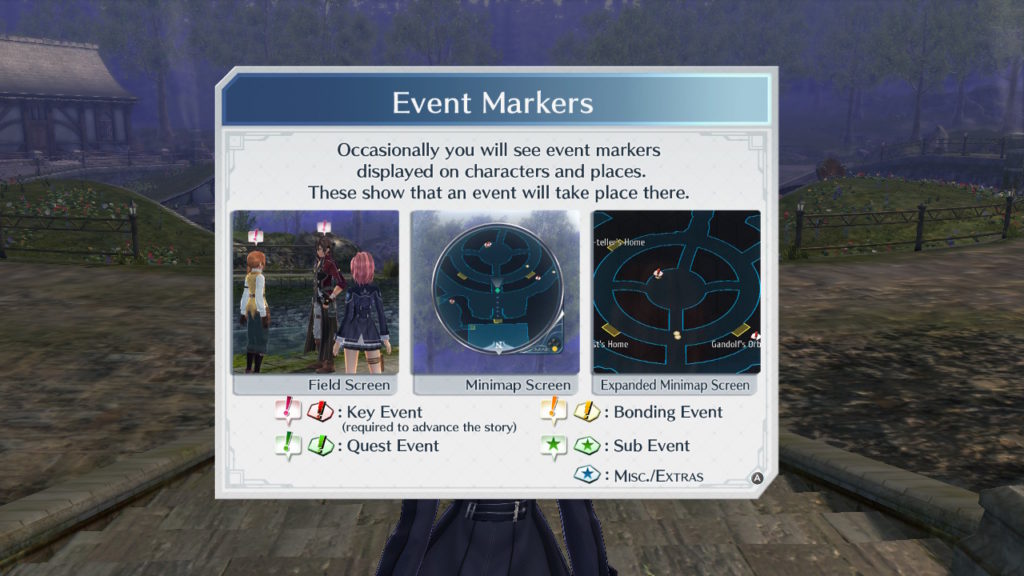
I mentioned bonds between characters and by extension character profiles, the bestiary, and a recipe book to fill, but it doesn’t stop there. You can take photographs of scenic views, hunt down books to fill your mini-library, play a knock-off version of Puyo-Puyo with other characters as well as play a slightly addictive collectible card game called Vantage Masters. Each one of these provides a reward when a certain threshold of collectible is reached, or in the case of the mini games, with each victory. And then there’s the game’s fishing mini-game…
Angling to win
I’m quite happy to say that the fishing is fun, though initially it might not seem so. After the tutorial fishing course, immediate fishing holes may feel frustrating as it can feel impossible early on. I was quite close to giving up, when quite by accident I stumbled across a vendor with what looked like enhancements to my fishing gear. These are necessary to obtain in order to have a decent, but not impossible, challenge when reeling in your catch. When you have all the gear, the mini-game itself becomes a trivial affair save for some of the legendary catches.
You see, at certain points in the game you’ll come across some people who’ll give you a location of mythical fish they heard about. These fish are more on the tough side to reel in, so you will need to have your strategy pat down and ready. There’s even more that meets the eye to fishing, so if you’d like some advice, I would say to ensure you get as many fish collected as you can (easily done by fishing at every hole you encounter). The same goes for all the collectibles really, just be aware that while it is relatively easy to do so for most of them (I only seriously started near the very end and still managed to complete most of the collections available) they do sink a lot of your time away.
Do the Robot
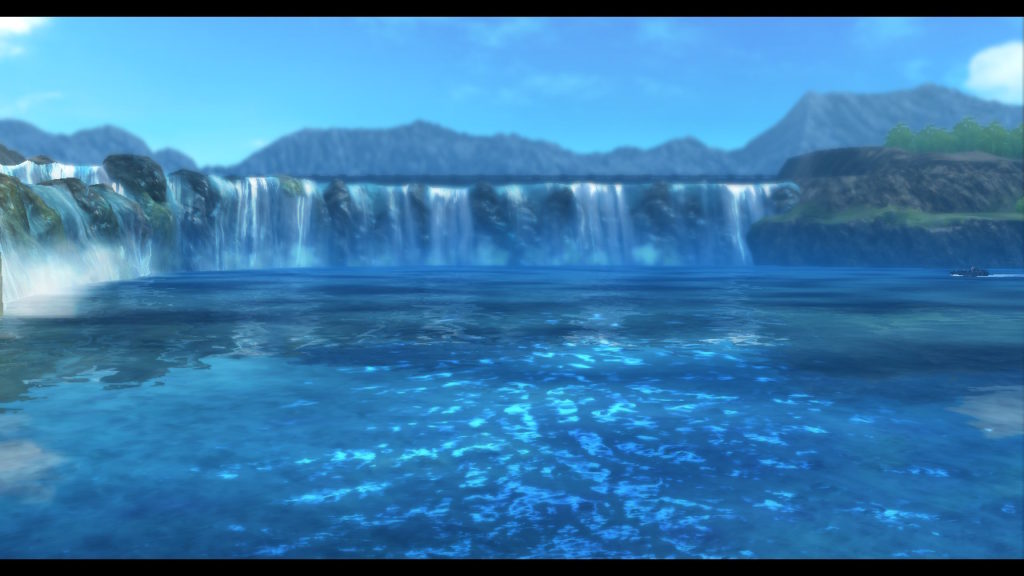
Briefly touching upon the game’s visuals, they are generally pleasant, and at times even stunning. The character models are well made so are the environments. Enemies are varied and range from usual RPG fodder all the way to nightmare fuel.
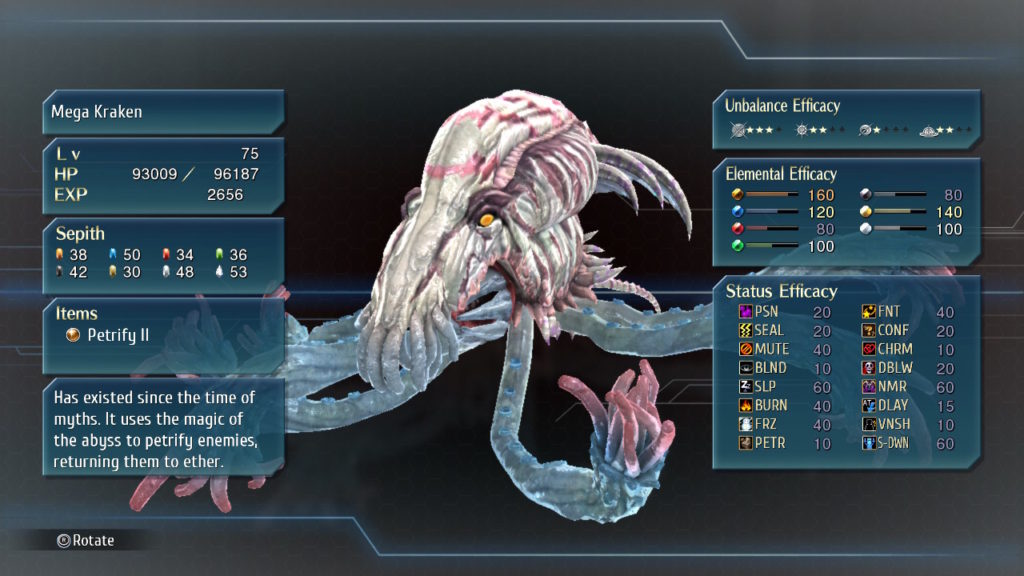
The one thing I could nitpick on is how cheap the animations feel at times: generally stiff, robotic, and in conversations relegated to just turning the head. It doesn’t have to be Pixar quality, but a little more effort into the principles of anticipation and secondary motion would’ve gone a very very long way into making the game feel that much more amazing. All of the budget for this I feel went into animating the special combat moves (and one particular dance scene) and none into the slice of life moments.
As for audio, the music is good, but doesn’t stick well after the game is turned off. I struggle to remember the ones I do like, yet the cheesy and out-of-place default victory music is the only one that I can clearly hear, and it is not one of my favourites for sure. Nothing comes to mind about sound effects, which I suppose is a compliment in that of itself. It’s present and fits whatever action happens to be present on screen.
Ease of access
Just a few other points that come to mind, all of which I feel like can be collected here. For one, The quick travel system that unlocks very early on is a godsend, especially later on coupled with objective markers when you’re hunting down stray collectibles. The game is also very good at mentioning ‘point of no returns’ to save those paranoid at not getting everything some heartache.
The game also has many options to customise your play experience, including an option to switch between English voice acting and Japanese ones. I played through with the English voice cast and I felt that they did an altogether bang up job. If I ever return to this title for a new game plus, I would play with the Japanese cast to see how different the experience would have been. There is also an option to select difficulty, from very easy to experience the story, to a brutal setting for the masochistic or those with no commitments in real life (jokes).
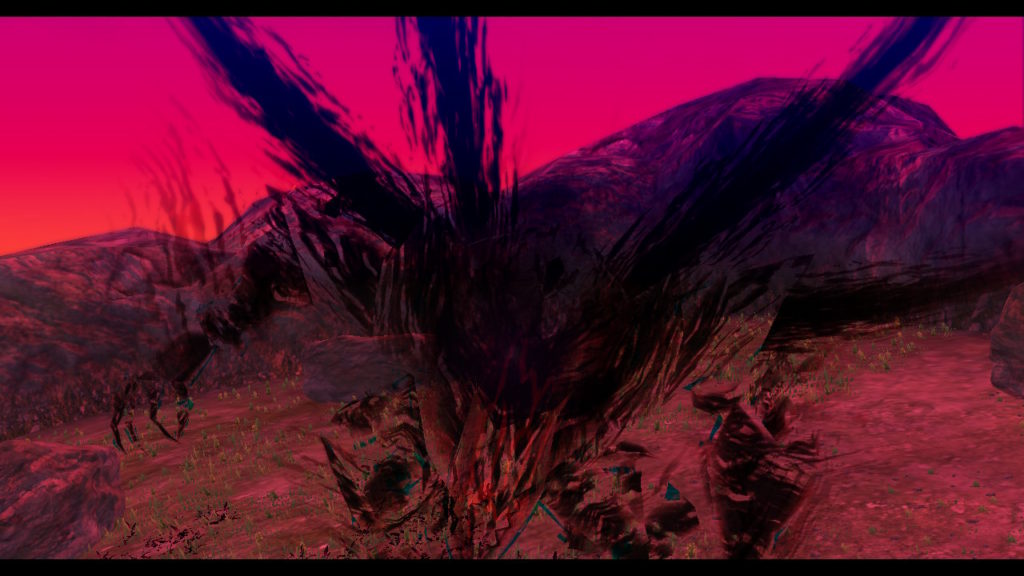
On the not so positive side of the scale, we have quite frequent load times. When finishing battles, when entering buildings, when going from one conversation to another occasionally; these all add up and significantly affect the flow of gameplay. I might have mentioned this earlier (or not) but the game’s pace is glacially slow. It takes its time to go through the cutscenes with long windy dialogue, and skipping them may result in losing the thread of the plot (fortunately you can see the history of chat logs, which is a lifesaver when you do accidentally and inevitably skip one). These load times conflate such an issue to the point that at times I sort of lose interest and have to take a break from waiting to load in between conversations.
In the end
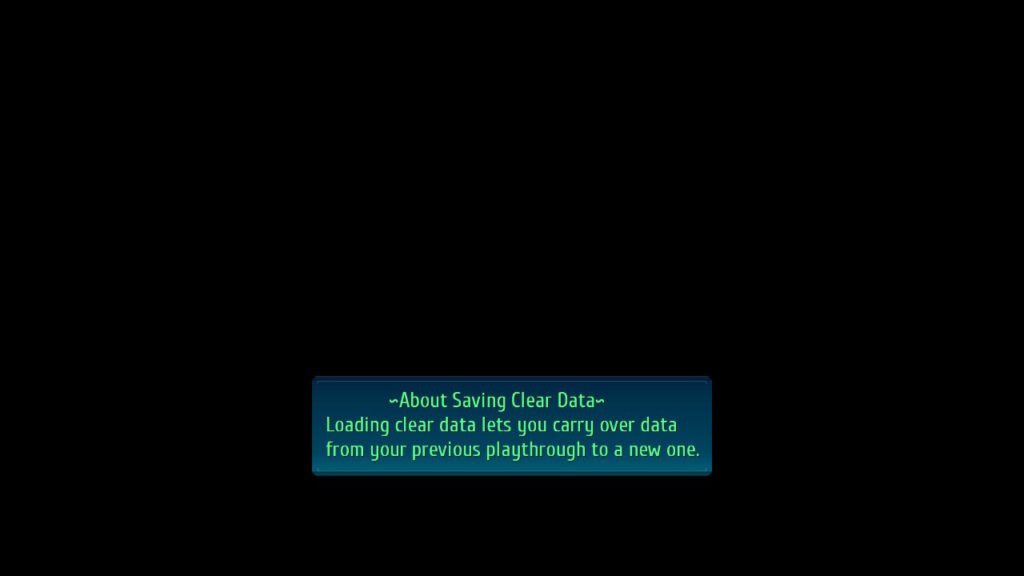
In attempting to recommend Cold Steel IV; for those new to the series, one would have to take into account one’s tolerance to classic JRPG mechanics and tropes. If you’ve played titles like Dragon Quest 4 or Breath of Fire, then you may find some enjoyment (as I did) as you trek about the world doing quests and side activities while, grinding a bit to ensure safe passage in later dungeons, hoarding all medicinal items along the way ‘just in case’.
If you despise JRPGs, then no. This is not for you as I don’t believe it will change your mind on the series. Thank you for coming, the exit’s that way and all that.
If you’ve never played a RPG before… I would maybe recommend you start at an earlier point in the series (some of which are coming to the Switch at a later date), or maybe something a little more friendlier to newcomers like Pokemon.
If you have played any of the previous games in the Trails of series and you liked them, definitely give this a shot. Didn’t like them? Give it a go anyway as I believe there a number of quality of life improvements made improving the feel of Cold Steel IV from its predecessors. On the flip side, if you’ve played all the games in the Trails of except this one; what are you waiting for? Get it and see one of the ends to a painstakingly long epic in the making!





4/5 – a very good example of classic JRPG fare, even for those new to the series. Just requires some time to bond with the characters yourself and you’ll be hooked with the main characters’ struggle in the hopeless war they find themselves in.

Available now: $59.99
Follow Falcom:

Follow NIS America:

*a review copy has been generously provided for this review




![[Review] Garden Story – Nintendo Switch Garden Story](https://theswitcheffect.net/wp-content/uploads/2021/10/garden-story-title.jpg)
![[Review] Aerial_Knight’s Never Yield – Nintendo Switch](https://theswitcheffect.net/wp-content/uploads/2021/06/IMG_20210616_054443.jpg)
![[Review] Ocean’s Heart – Nintendo Switch](https://theswitcheffect.net/wp-content/uploads/2022/03/IMG_20220309_122124.jpg)